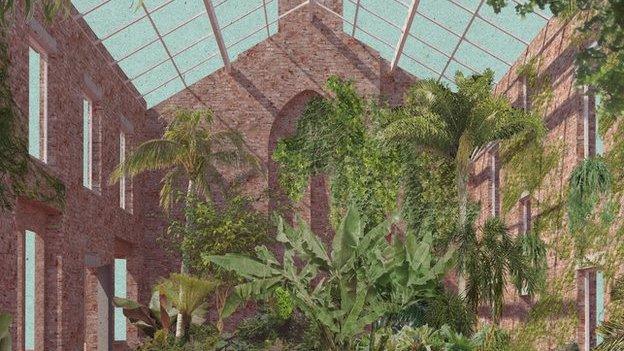Turner Prize: Assemble win for Liverpool housing scheme
- Published
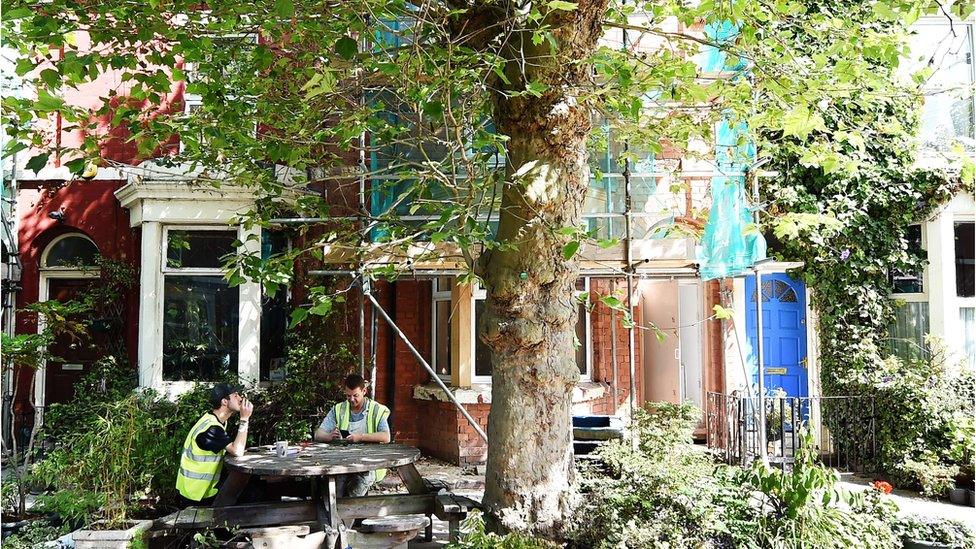
Assemble won the Turner Prize for their work in Liverpool's Cairns Street
A regeneration scheme for derelict houses in Toxteth in Liverpool has won Britain's leading contemporary art award, the Turner Prize.
The £25,000 prize went to London-based architecture and design collective Assemble, who have overhauled 10 houses in the area.
Judge Alistair Hudson said they were "part of a long tradition of art working in society".
But some questioned whether they should have been eligible for the prize.
Speaking after the announcement on Channel 4, author and broadcaster Muriel Gray said: "I think it's changed the nature of the Turner Prize because I don't think it is modern art.
Winners Assemble described their nomination as "a surprise"
"I think it's socially responsible, beautiful architecture. But it's a very peculiar year."
Assemble show Will Gompertz around their section of the Turner Prize exhibition
Assemble comprise between 14-18 members and were joined by Liverpool residents at the ceremony in Glasgow. They were presented with the prize by Kim Gordon from US band Sonic Youth.
Faced by the collective's massed ranks on stage, she joked: "I'm not sure who to give the cheque to."
Assemble were surprise inclusions on this year's shortlist and now join the likes of Damien Hirst, Grayson Perry and Steve McQueen among the ranks of Turner Prize winners.

Will Gompertz, Arts Editor
Assemble winning the Turner Prize last night points to a trend happening in the art world, which connects to Theaster Gates winning the Artes Mundi prize earlier in the year. Both are trading in the name of "art" to fulfil a community-based social enterprise.
They are leveraging the value we place on the word "art" and work artists produce, to enable them to raise the funds to do the regeneration work that motivates their activities.
Gates is trying to regenerate Chicago and Assemble are tying to do something similar in Toxteth.
Is it art? Does it matter? If somebody turning on and off lights can win the Turner Prize, why shouldn't somebody trying to re-energise a neglected part of an inner city win?

Assemble are all in their mid-20s and all but three members studied architecture together.
Group member Lewis Jones has described the collective as "the real antithesis of the conventional model of a Turner Prize nominee being a single genius artist".
They have impressed the Turner Prize judges and Liverpool residents alike by working closely with locals to develop imaginative designs for the interiors of the terraced houses in the Granby Four Streets area of Toxteth.
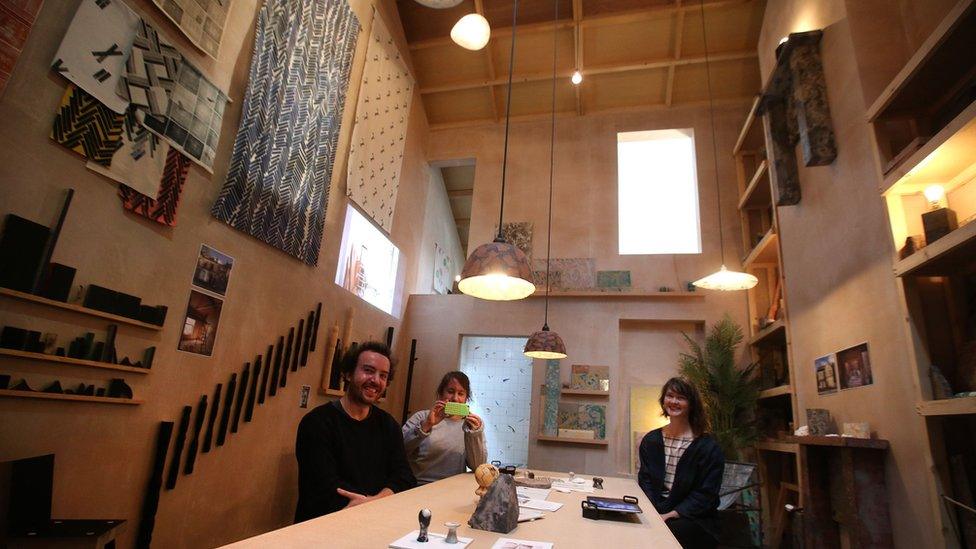
Assemble recreated a workshop as part of the exhibition in Glasgow
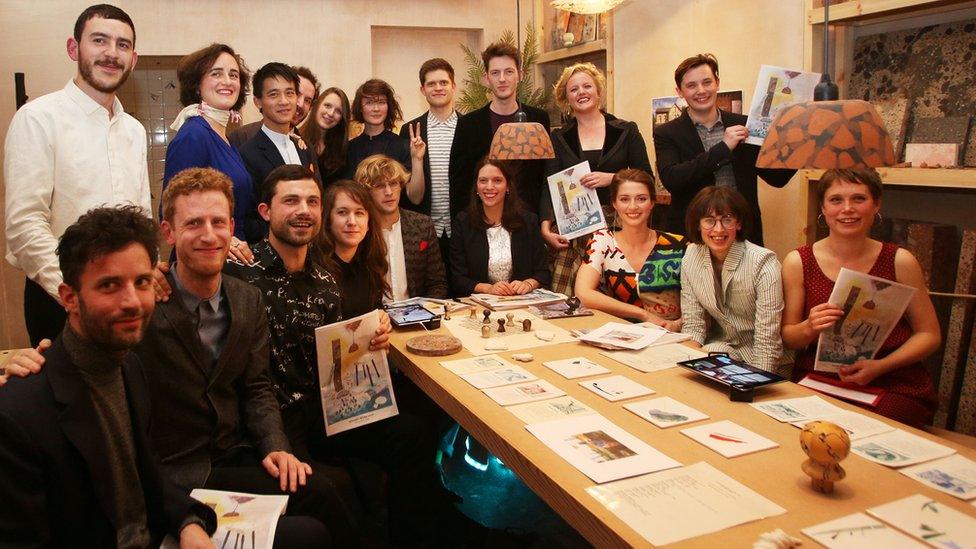
Assemble celebrated in Glasgow's Tramway gallery
They have created mantelpieces using brick and rubble construction waste from the streets; ceramic door handles fired in barbecues fuelled by sawdust left over from building work; as well as hand-decorated tiles and hand-pressed terracotta lamps.
Working with the Granby Four Streets Community Land Trust, those fixtures and fittings have been used to refurbish 10 derelict houses on Cairns Street.
Jones said: "Only a few years ago you'd go around and stuck on the front of each house would be a sign saying, 'All objects of value have been removed from this property.' So I guess this has been part of putting those things back in."
They have even proposed turning one ruined house into a glass-roofed winter garden.
Assemble arrived after "20 or 30 years of cynical, top-down regeneration attempts", he said.
Prize boost
They have also used the profile of the Turner Prize to set up a social enterprise workshop, external to make and sell their home improvement objects to the general public.
In the acceptance speech, Assemble member Joseph Halligan said: "I think it's safe to say this nomination was a surprise to all of us and the last six months have been a super-surreal experience.
"But it's allowed us this amazing opportunity to start something - Granby Workshop - which we hope will live on for a very, very, very long time. We're really really grateful. Thank you."
The Turner Prize, set up in 1984, is presented to a British artist under the age of 50 for "an outstanding exhibition or other presentation of their work" in the previous 12 months.
The ceremony took place in Glasgow, which was chosen to host the ceremony after four of the previous six winners either came from or studied in the city.
However, none of this year's shortlisted artists had such links. The other nominees were:
Bonnie Camplin, who has created a supernatural study centre, showing interviews with people who claim to have had paranormal experiences.
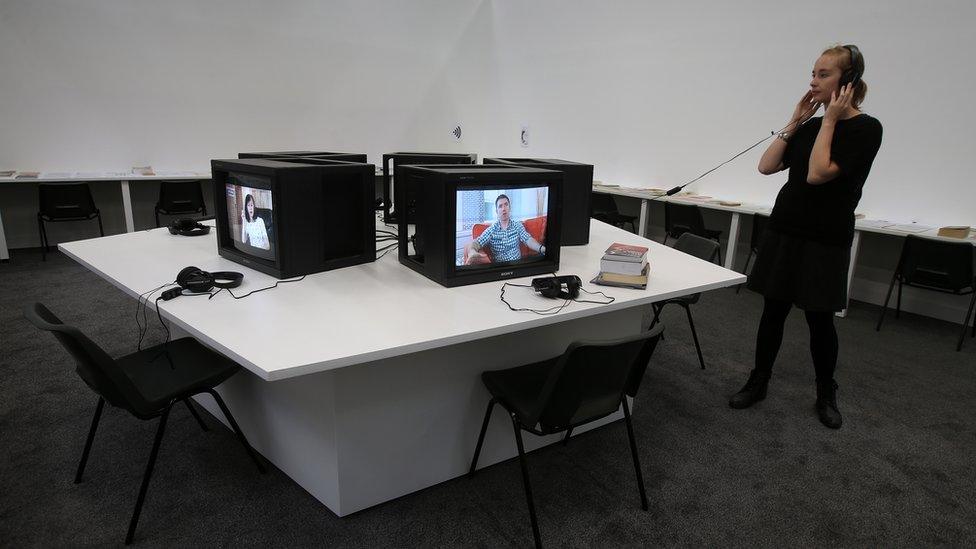
Janice Kerbel, who has written an avant-garde, a capella 24-minute opera about a hapless fictional character called Doug.
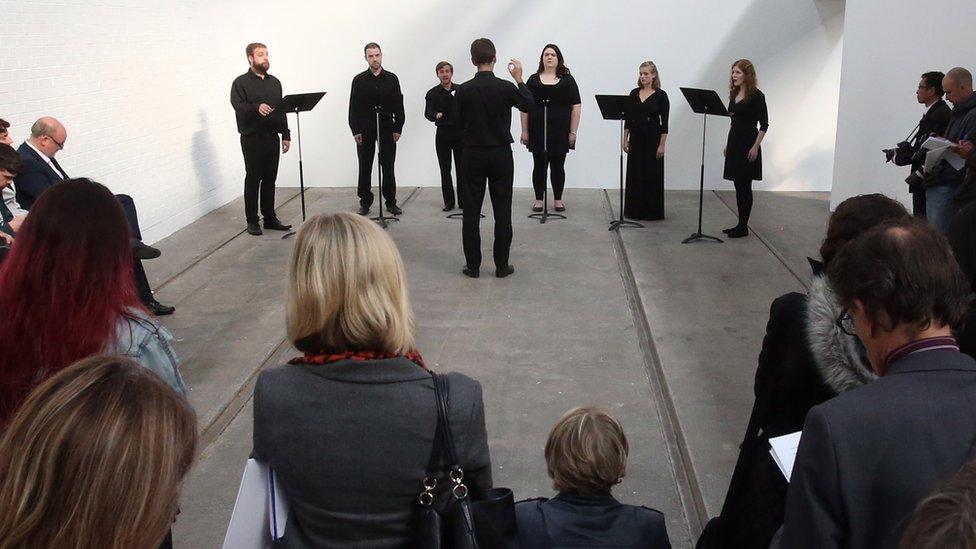
The nominated installation by Nicole Wermers consists of 10 dining chairs with fur coats sewn into their backs.

- Published8 December 2015
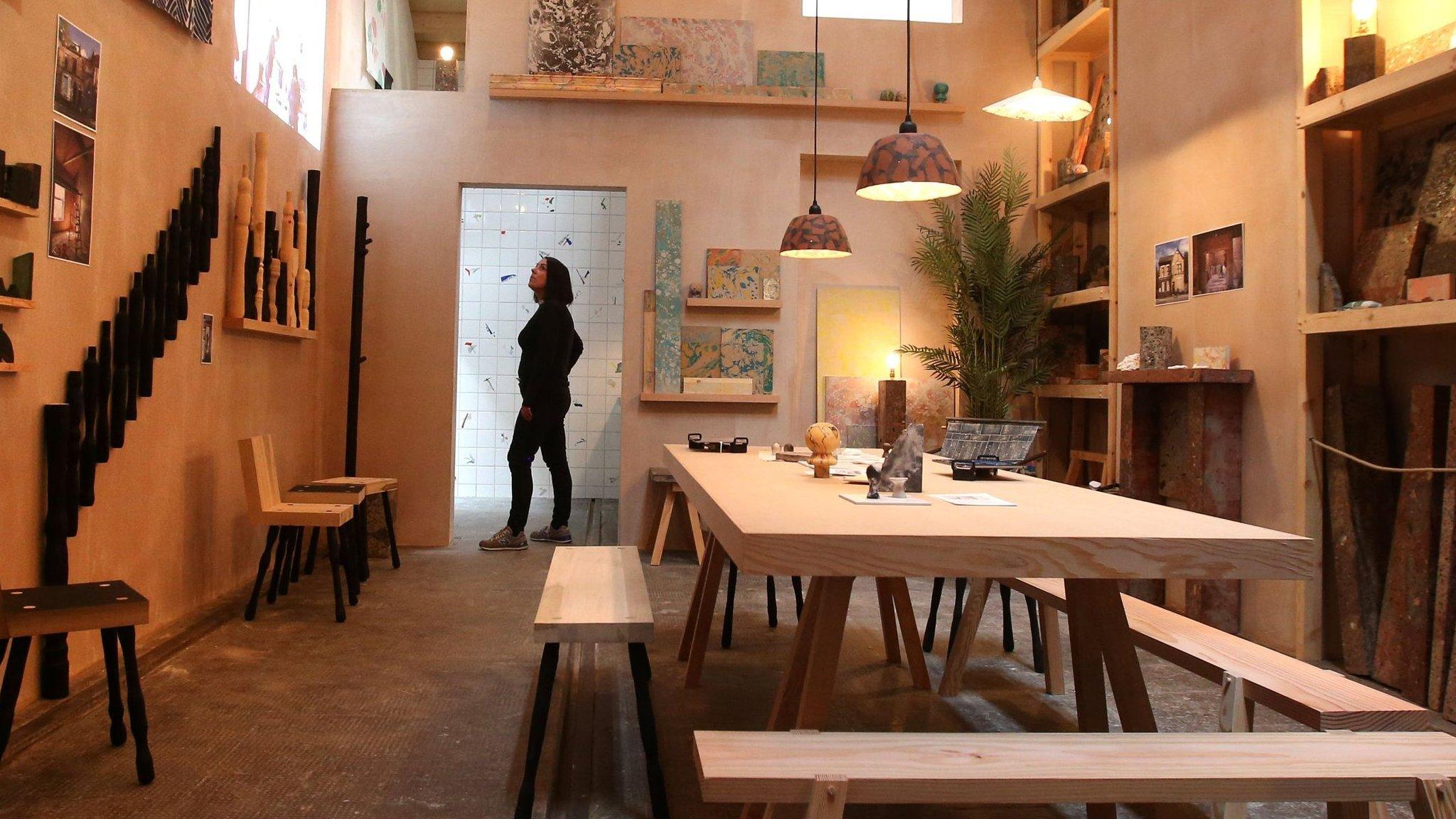
- Published7 December 2015

- Published30 September 2015

- Published30 September 2015
- Published12 May 2015
